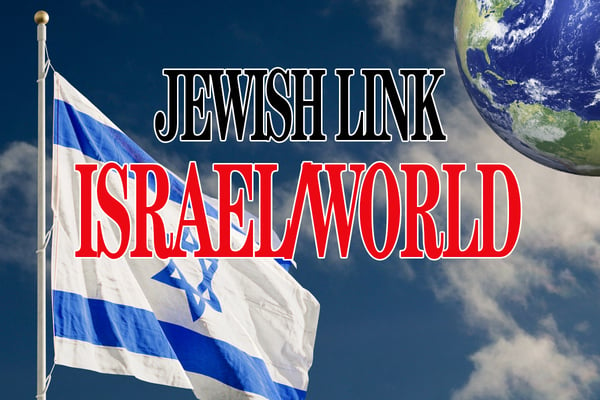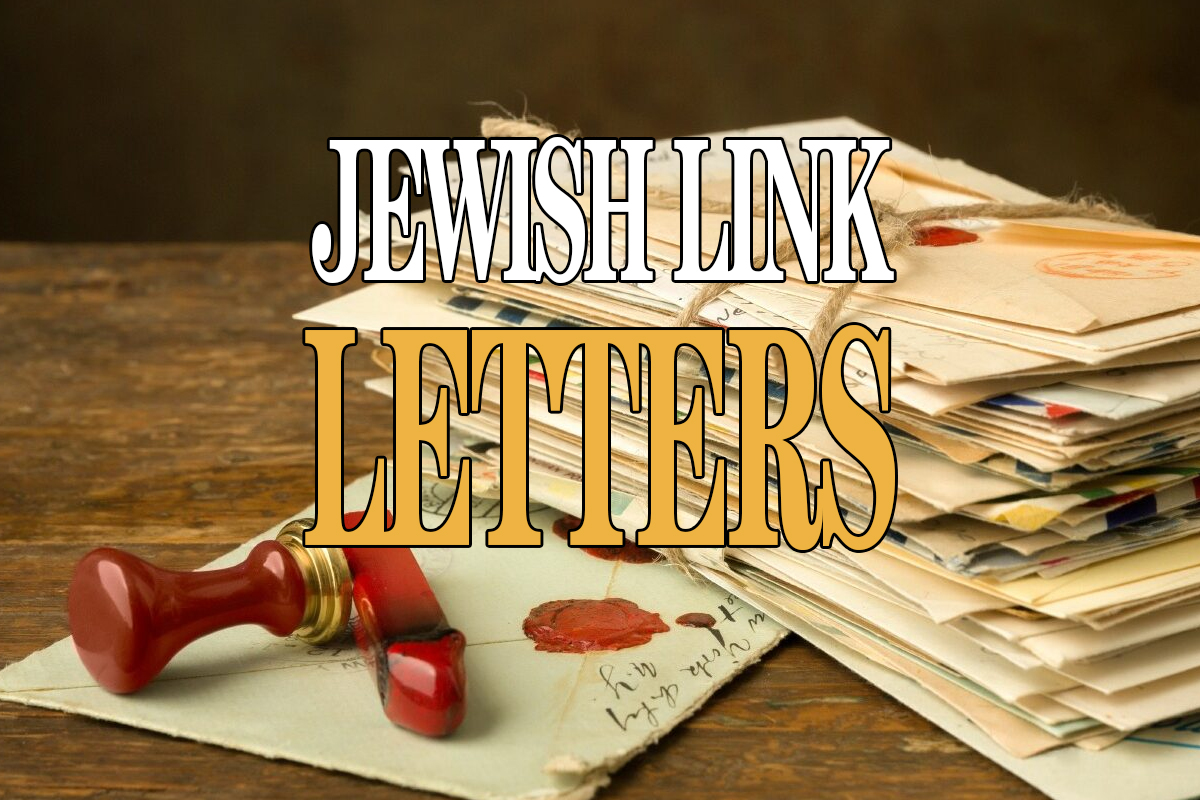Shabbat HaGadol, Parshat Tzav
After studying this week’s haftarah, one is struck by the fact that there seems to be no hint at all that this is the final Shabbat before the chag of Pesach. Indeed, as opposed to the previous special readings that are ordained by the Tannaim in the Mishna, Shabbat HaGadol carries with it no obligation to read a special maftir or prophetic reading in the Talmud. Interestingly, the earliest source we have for reading this haftarah dates back to the 12th century, some 800 to 900 years after the other readings were codified in the Mishna. And yet, the only reason why the later rabbis chose to establish a special prophetic reading—rather than the haftarah we would ordinarily read, one that ties into the topic of the parsha itself—is the fact that this Shabbat comes right before Pesach! Yet, there is no mention of Pesach in the haftarah at all! Quite curious, to say the least.
More troubling is the fact that the reading is taken up by the Navi’s pointing out Israel’s failures and shortcomings. The prophet contrasts Hashem’s faithfulness to His people to their faithlessness to God. Malachi cries to the people that the very survival of the nation was proof of Hashem’s love for them and he implores the people to return to Hashem. Given these harsh criticisms, it is difficult to understand what Chazal saw in the words of this final prophet of the books of the Neviim that would have them choose it for the Shabbat preceding the holiday of freedom.
I would suggest that the rabbis aimed to connect this haftarah to the theme of Pesach, the theme of Geula—not the past redemption from Egypt but the future and ultimate redemption of yemot haMashiach, the Messianic era. The final redemption is also part of our Pesach observance.
Indeed, with a close look at the haggadah we would uncover how the pre-meal theme revolves around the Egypt experience (Betzet Yisrael miMitzrayim”): the slavery (“Avadim Hayeinu”), the oppression (“Vayareiu otanu haMitzrim, vayanunu”) and the plagues (Dahm, Tzfardeah … ”), while the post-meal theme revolves around praise (Hallel) and thanksgiving to Hashem (“Hodu laShem ki tov”) for the redemption yet to come (hence, we invite Eliyahu into our home). That is why the haftarah from sefer Malachi is particularly fitting, for it was he who—in his final message—relays Hashem’s promise that He will send Eliyahu HaNavi to Israel to harbinger the arrival of the “Yom Hashem HaGadol—the great day of God,” the day of redemption. In effect, therefore, when we read these final prophetic words, we remember that the message from Hashem relayed to the nation was that Geula will be coming and the future redemption is assured.
We should understand that our chagim do not simply mark a historical event from the past. As important as that miracle, that experience, may have been, it is not enough—by itself—to establish a chag. The Jewish holiday must be suffused with a message for the future. There must be, in that time of celebration, a lesson to learn that would be significant and impactive through all generations. Our redemption from Egypt was, indeed, worth marking. But our realization that Hashem promises that there would be yet another redemption from the oppressions, from the ghettos, the attacks and the murders our nation would suffer, that would be an even greater reason for celebration. Yes, there will be another Geula!
And, truly, as we hear the very footsteps of the Mashiach drawing closer to us each day, we pray that we merit to see that day—that Yom Hashem HaGadol—in the very, very near future.
Rabbi Neil Winkler is the rabbi emeritus of the Young Israel of Fort Lee, and now lives in Israel.










